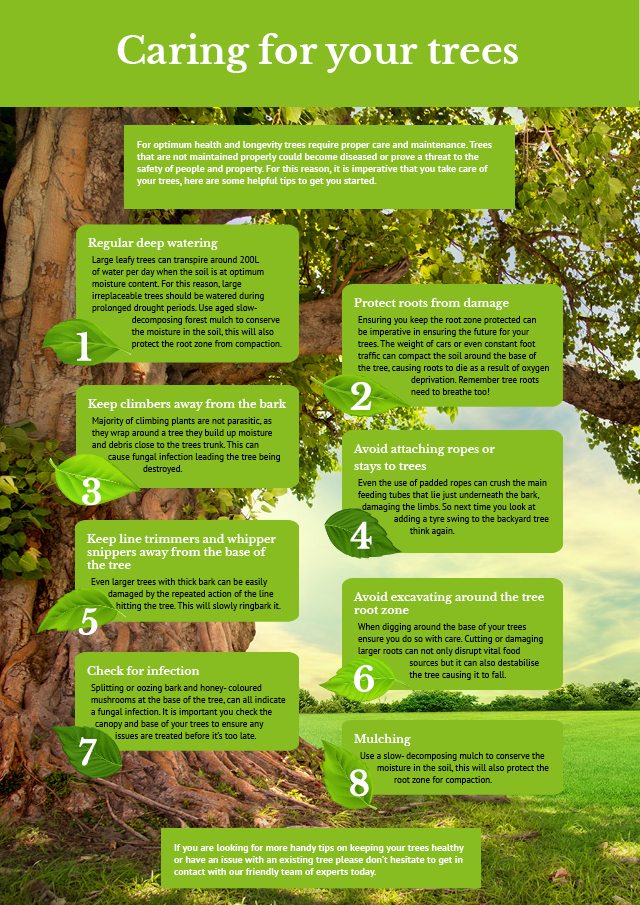Understanding The Ecological Effects Of Tree Removal: Vital Information For You
Understanding The Ecological Effects Of Tree Removal: Vital Information For You
Blog Article
Write-Up Produced By-Marks Diaz
When it involves the ecological influence of tree elimination, there are critical aspects that demand your focus. From the complex web of partnerships within communities to the subsequent effects on environment patterns, the consequences are profound. You might be stunned to discover the elaborate ways in which the removal of trees can reverberate throughout the setting. Stay tuned to decipher the intricate connections and effects of this relatively uncomplicated act.
Deforestation and Environment Loss
Logging and environment loss are important concerns coming from tree removal. When trees are reduced, it disrupts whole communities. Not just are the trees themselves lost, however the homes and food sources of countless plant and animal species are ruined also. Birds lose their nesting sites, mammals lose their shelter, and pests lose their habitats. The impacts surge with the food cycle, affecting killers and victim alike.
Moreover, deforestation adds to environment adjustment. just click the next document play an essential role in taking in carbon dioxide, a greenhouse gas that catches warmth in the atmosphere. With less trees, there's much less co2 absorption, causing increased degrees of this gas in the ambience and aggravating global warming.
Habitat loss is a direct result of deforestation, as the devastation of woodlands means the loss of special and varied ecosystems. Many species are incapable to adjust to fast changes in their atmosphere, resulting in populace decreases and, in many cases, extinction.
Securing woodlands is essential to maintaining the fragile equilibrium of nature and making sure the survival of many plant and animal types.
Effect on Biodiversity
The elimination of trees has a considerable impact on biodiversity, affecting the range and abundance of plant and pet species in a location. Trees offer habitat and food resources for countless microorganisms, from pests to birds to animals. When trees are removed, these varieties shed their homes and sources of nutrition, resulting in a decrease in their populations. This disturbance can have plunging impacts on the whole ecological community.
Moreover, trees play a crucial role in keeping biodiversity by developing microhabitats within their canopies, trunks, and origins that sustain a wide range of types. When trees are reduced, these specialized environments are ruined, lowering the overall variety of the area.
Furthermore, the elimination of trees can lead to a decrease in hereditary diversity within plant populations, as certain tree varieties may no more have the ability to duplicate or distribute properly. Shielding trees and woodlands is necessary for protecting biodiversity and ensuring the health and wellness of communities for future generations.
Dirt Disintegration and Environment Adjustment
With trees being gotten rid of from a location, the interruption of soil structure and security happens, leading to increased dirt disintegration. Trees play a critical function in preventing erosion by holding dirt in place with their origin systems. When trees are eliminated, especially in multitudes, the dirt comes to be extra at risk to erosion from wind and water. This erosion not only impacts the prompt surroundings but can also cause sedimentation in neighboring water bodies, impacting water top quality and water ecological communities.
In addition, trees aid regulate the climate by soaking up carbon dioxide throughout photosynthesis. When trees are reduced, this natural carbon sink is reduced, adding to increased levels of greenhouse gases in the environment. This can aggravate environment change, causing even more extreme weather condition events and disturbances in environments worldwide.
For that reason, the removal of trees not just increases soil disintegration however also plays a role in the bigger ecological problem of climate modification. It's important to think about these factors when assessing the influences of tree removal on the setting.
Final thought
Now that you recognize the environmental impact of tree removal, consider the effects before reducing trees. Logging interferes with ecological communities, reduces biodiversity, and contributes to dirt erosion and climate change. By bearing in mind the influence of tree removal, you can help safeguard our atmosphere and protect the fragile balance of nature. Make informed selections and consider different services to minimize the adverse results on our world.
